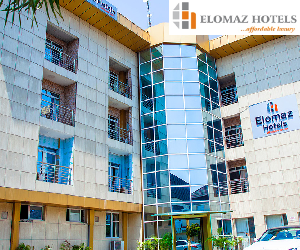The Executive Chairman of the Federal Inland Revenue Service, Zacch Adedeji, has urged policymakers to adopt a strictly data-led approach to infrastructure development, warning that Nigeria cannot afford projects that do not match economic priorities or measurable impact.
Key Highlights
- Nigeria’s 2024 IGR rose to N3.63 trillion, marking nearly 50 percent growth.
- Lagos, Rivers, and the FCT maintained their lead as top revenue performers.
- Bottom 10 states contributed just over 5 percent of total IGR.
- Adedeji pushed for strategic infrastructure choices and stronger institutional reforms.
Adedeji explained that roads, ports, and other critical projects must reflect economic value and be supported by clear evidence rather than political sentiment. He stressed that meaningful diversification rests on “capital, coordination, and courage,” urging closer alignment between public planning and private-sector realities.
He also pressed for deeper institutional reforms and improved cooperation among key agencies. He highlighted the need for greater autonomy and technical strength in bodies such as the FIRS, the Nigeria Customs Service, and the Budget Office to improve efficiency and support national revenue goals.
Read also:
- FirstBank introduces first humanoid robot, pledges innovative financial solutions for customers
- Ebonyi First Lady frees 53 inmates, offers cash gifts
- Yahaya Bello arraigned over alleged N110B fraud, after spending first night in EFCC custody
The call comes amid fresh analysis of Nigeria’s internally generated revenue for 2024, which shows a widening gap between states with strong tax bases and those still reliant on federal allocations. Research indicates that Lagos, Rivers, and the FCT continued to dominate subnational revenue performance, while many states struggled to fund their budgets without monthly transfers from Abuja.
Data reviewed shows that the 36 states and the FCT generated a combined N3.63 trillion in 2024, rising from N2.43 trillion recorded in 2023. This represents growth of 49.69 percent.
Despite the overall increase, the revenue profile of the bottom 10 states remained weak. Their combined share amounted to only 5.23 percent of national IGR, a figure analysts say reflects long-standing structural challenges and limited economic activity across several subnational economies.






